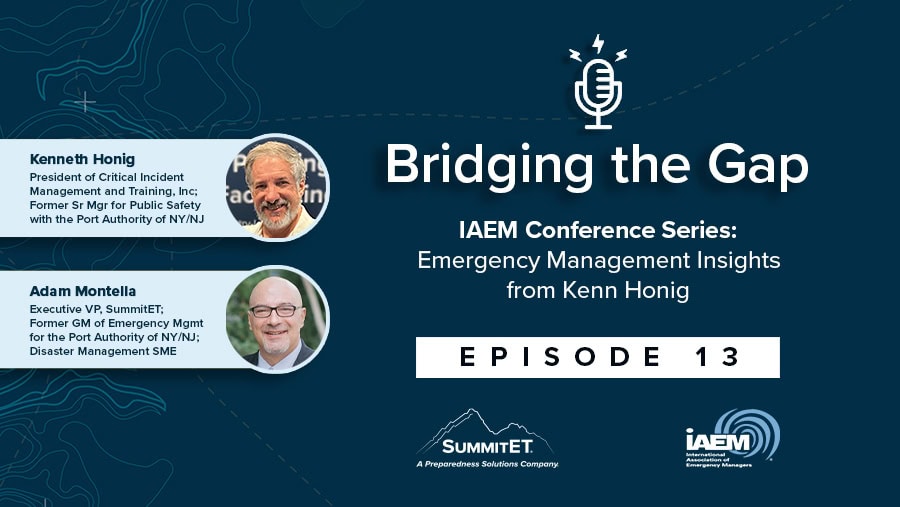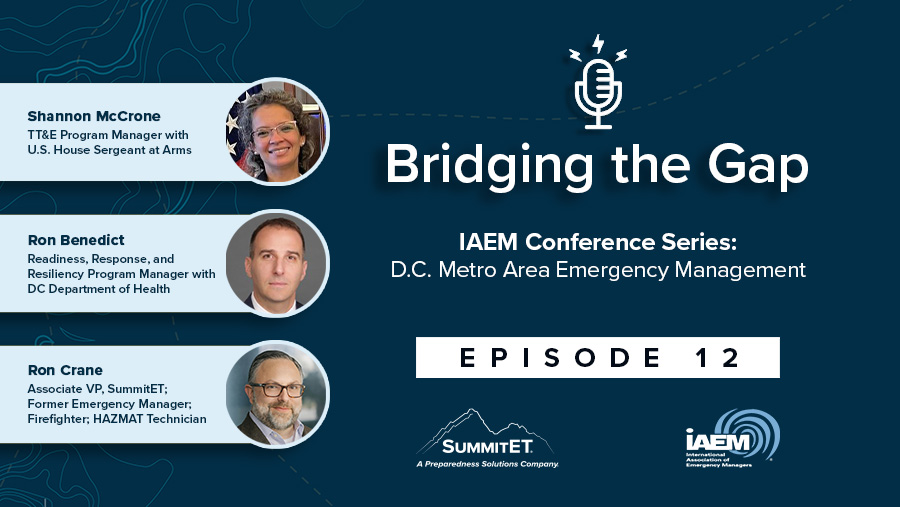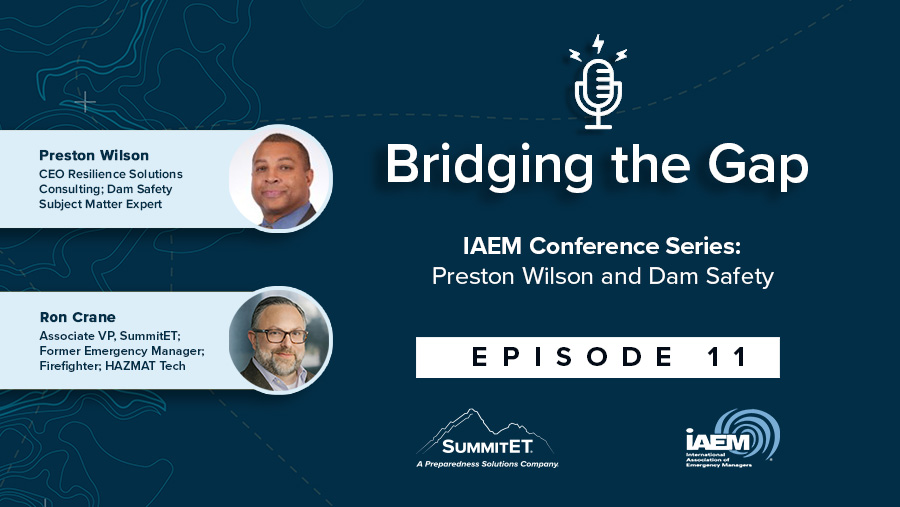
Reduce Risk
CISA, reports that cyber attackers are using phishing messages or applications masked as trusted sources against newly —and often rapidly—deployed remote access and teleworking infrastructure. To protect your organization and employees, it is imperative to reduce the risk of cyber threats by building programs that effectively manage these threats. The establishment and practice of a cybersecurity program or system of protection that reduces risk from cyberattacks is essential to business continuity and data protection of any organization’s workforce. This can include assessing and securing cyber systems, developing a skilled and compliant workforce, and building a skilled information technology (IT) security team to detect and resolve threats.
Training and Exercising
If your organization has not built, trained, or exercised a cybersecurity program, now is certainly the time to do so. SummitET® can help you develop a tailored program to meet your business needs. Our top-in-field experts perform penetration testing, vulnerability assessments, social engineering testing, workforce, and information technology team training, and exercises that test incident action planning, processes, and procedures.
With emerging threats changing the business and workforce environment, organization’s must protect assets, data, and members of its workforce. To learn more about SummitET’s cybersecurity preparedness solutions or to speak directly to one of our experts.
For official, verified cyber-related alerts, questions, or to report a cyber issue, visit the Department of Homeland Security Cybersecurity and Infrastructure Security Agency (CISA) website at: https://www.cisa.gov/insights.




